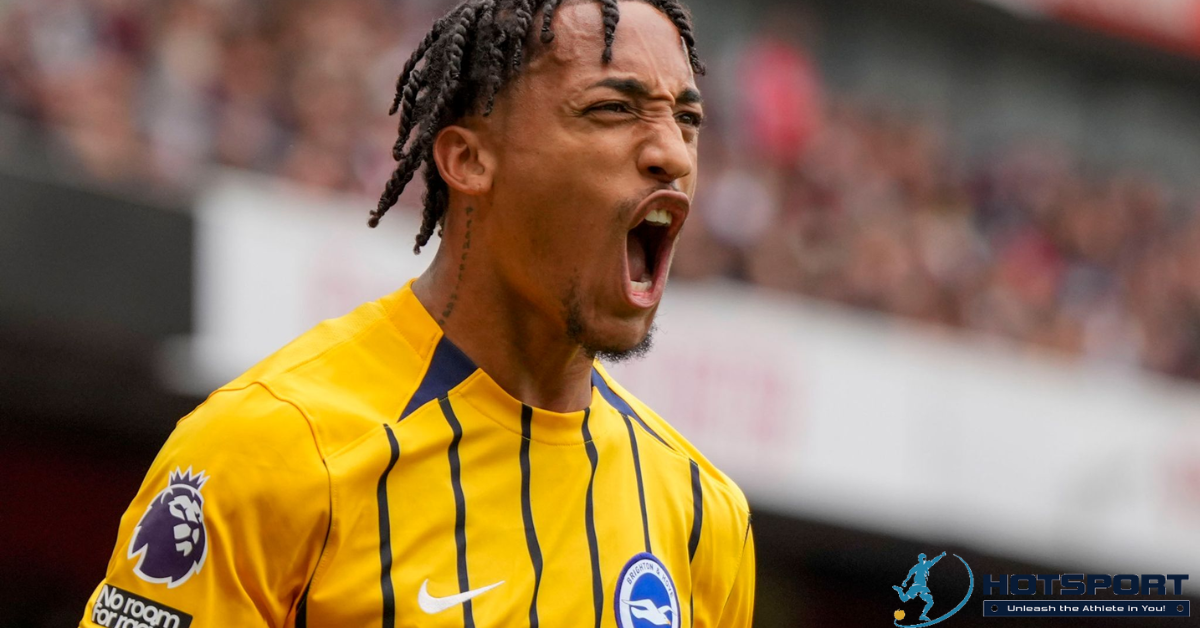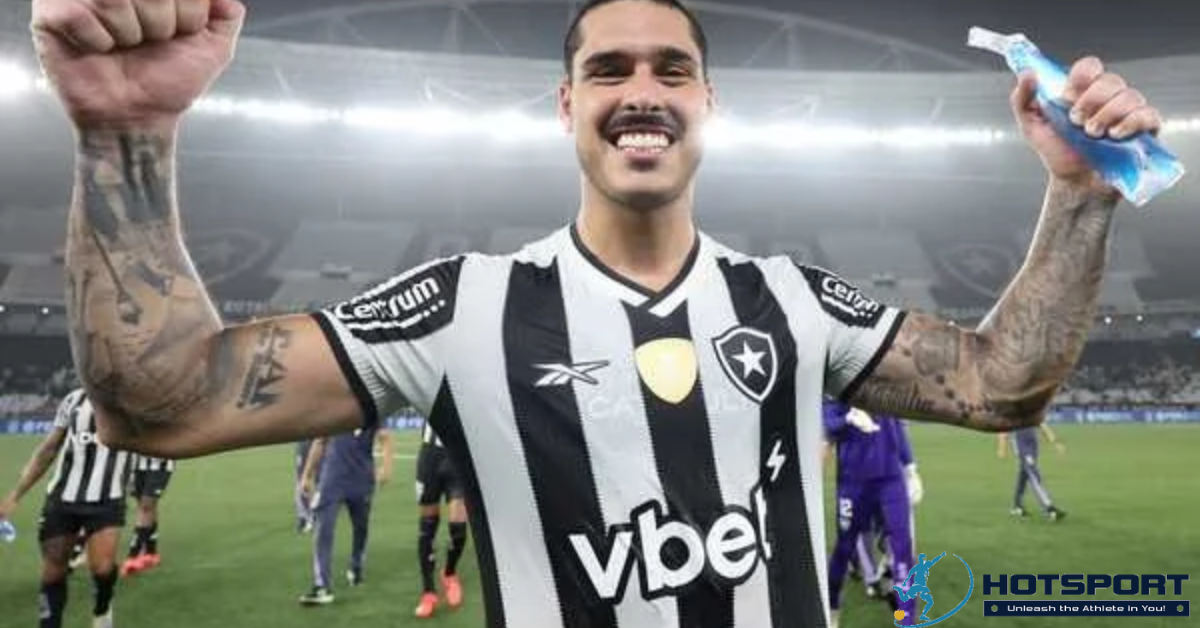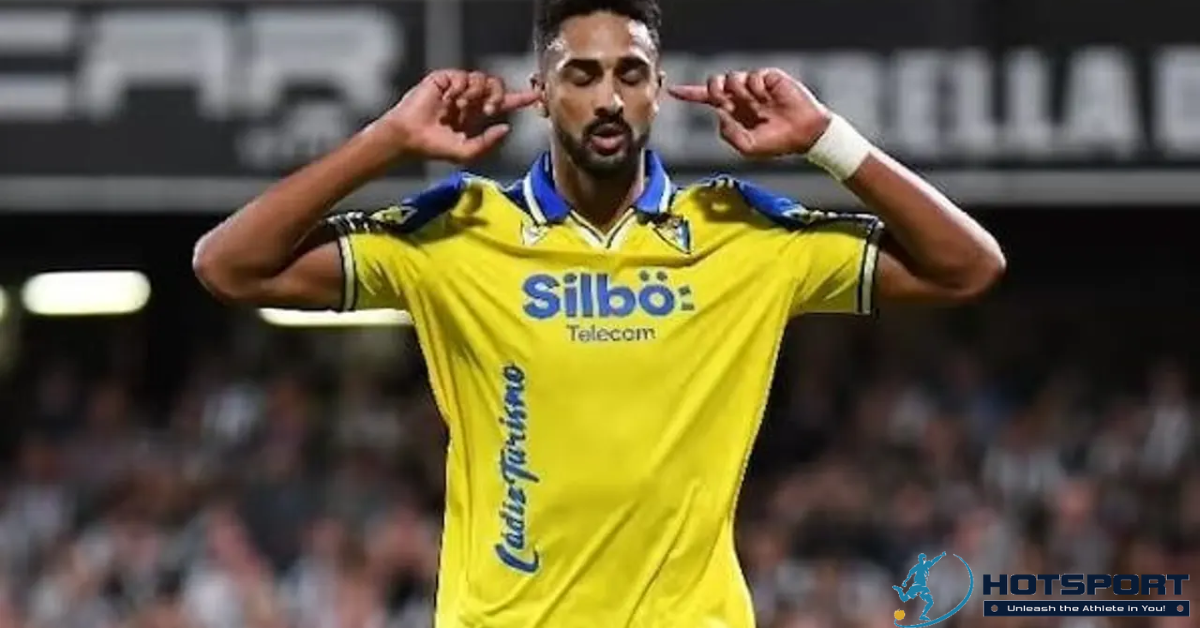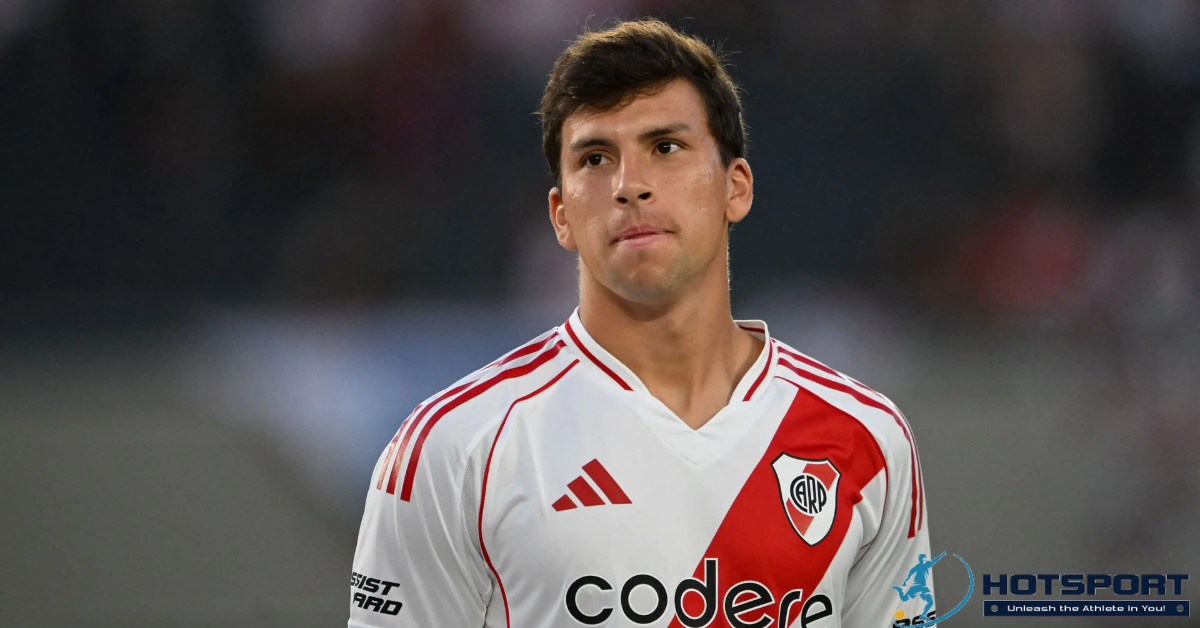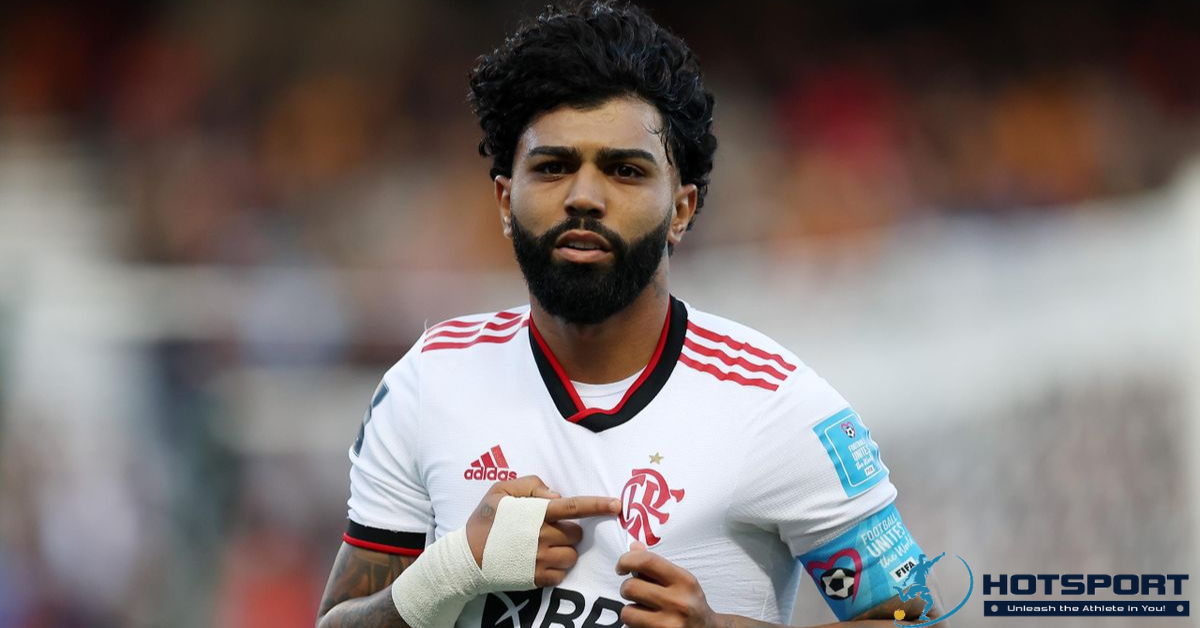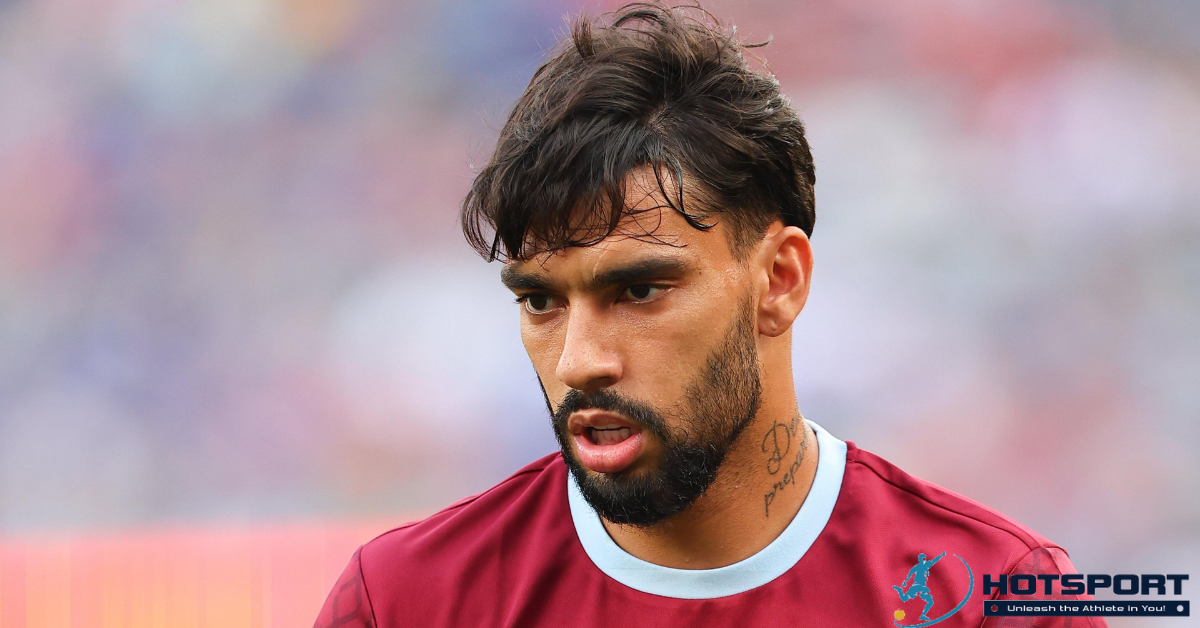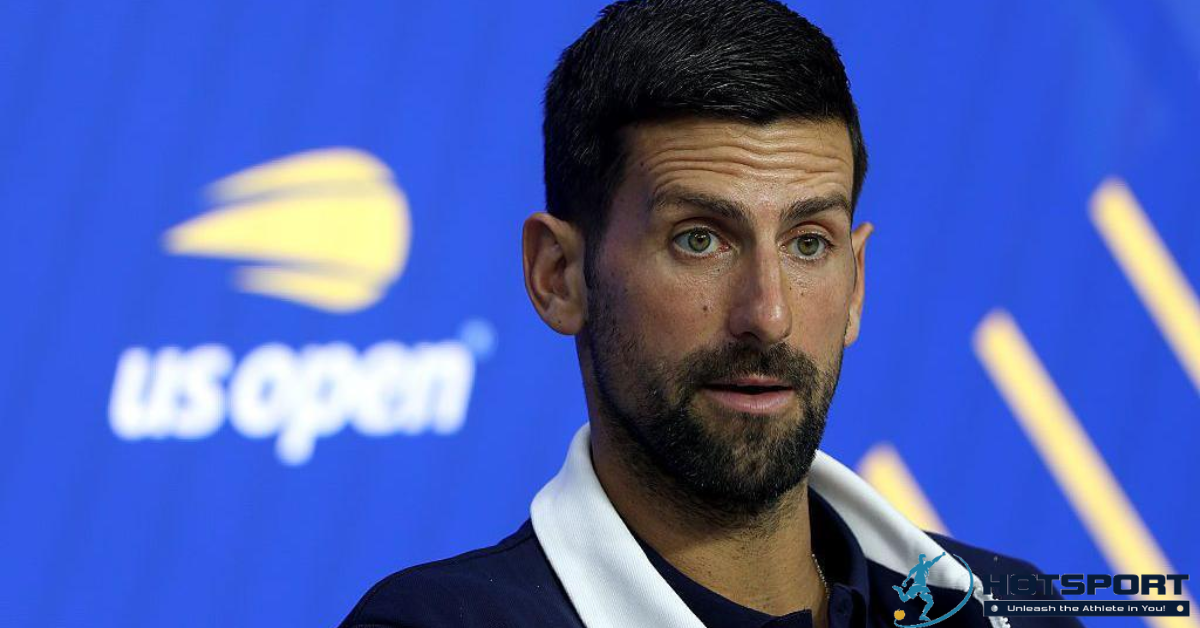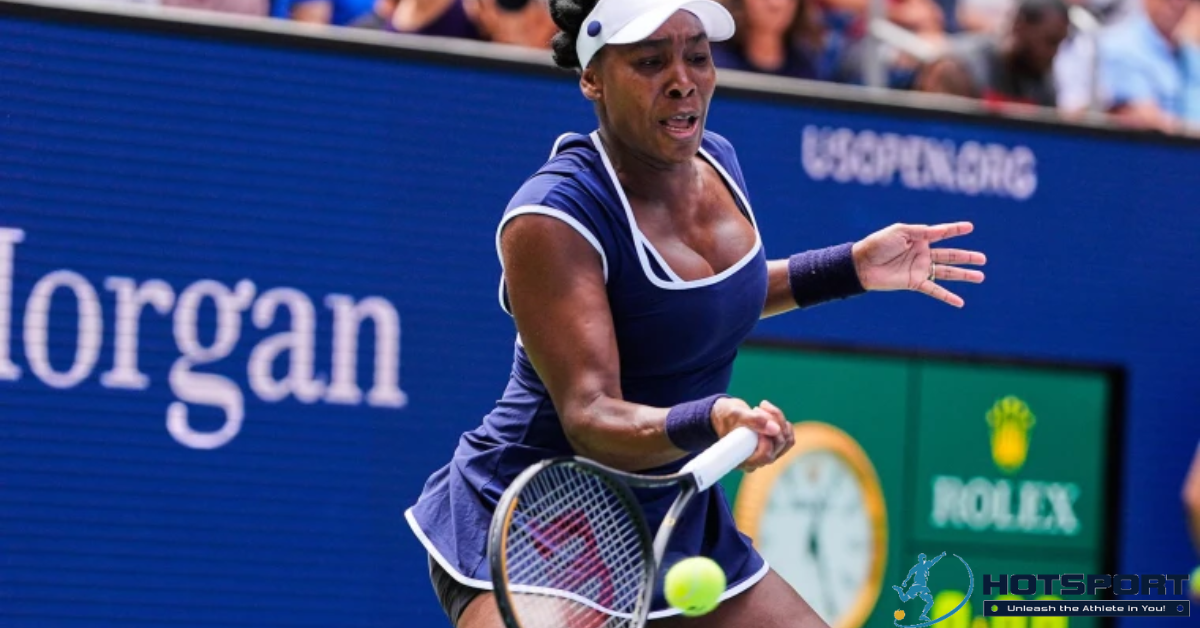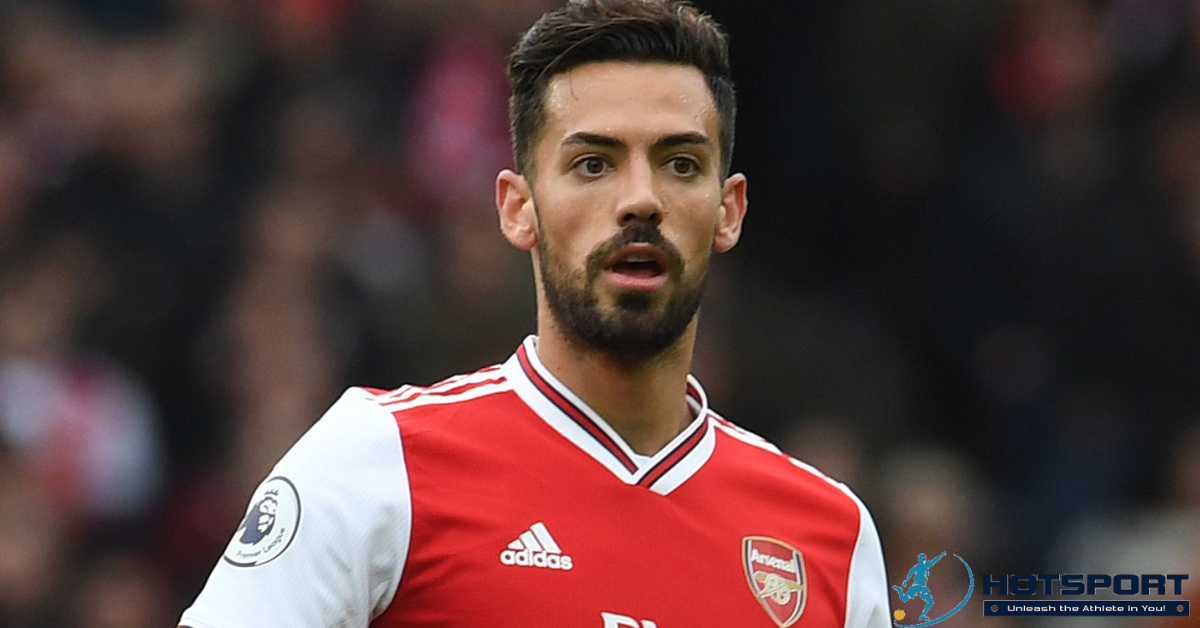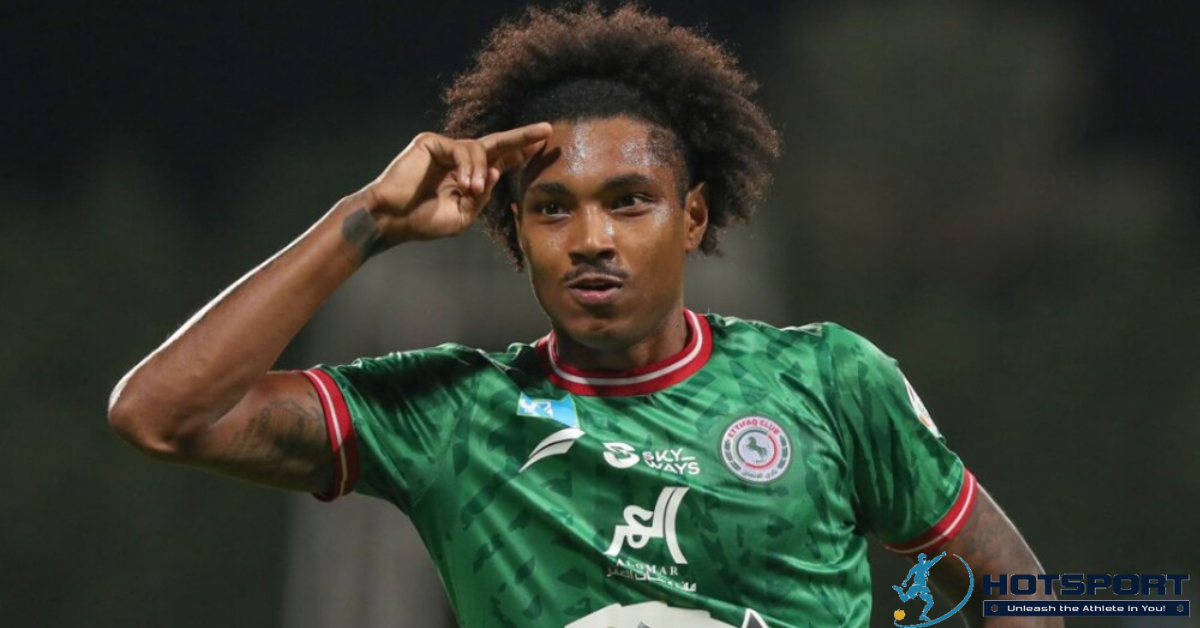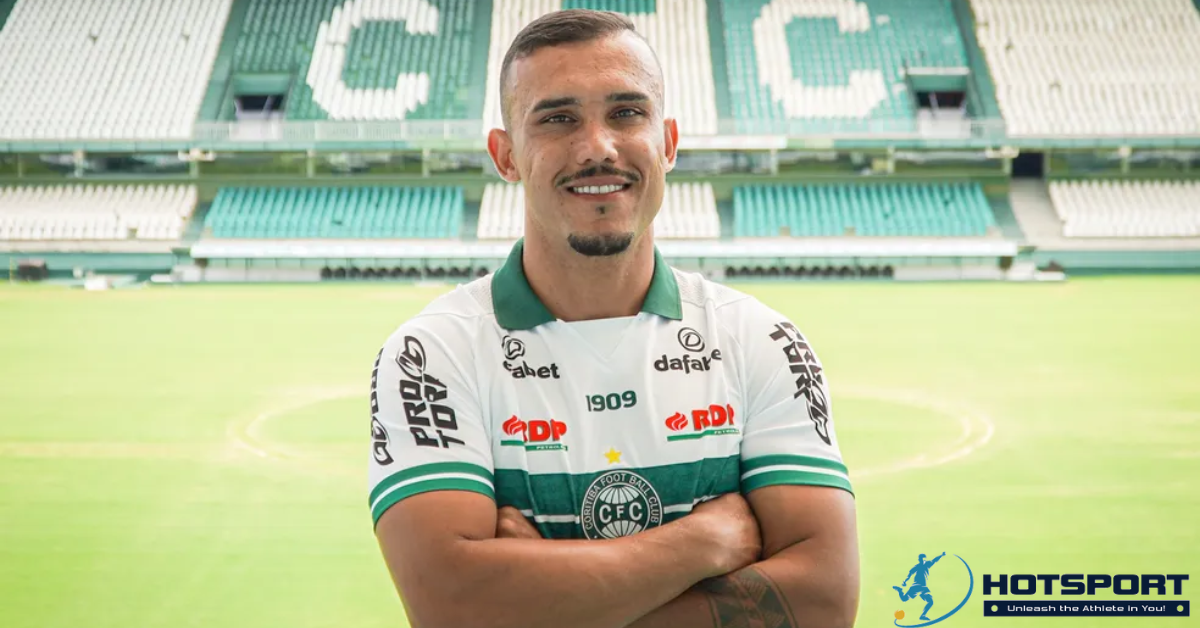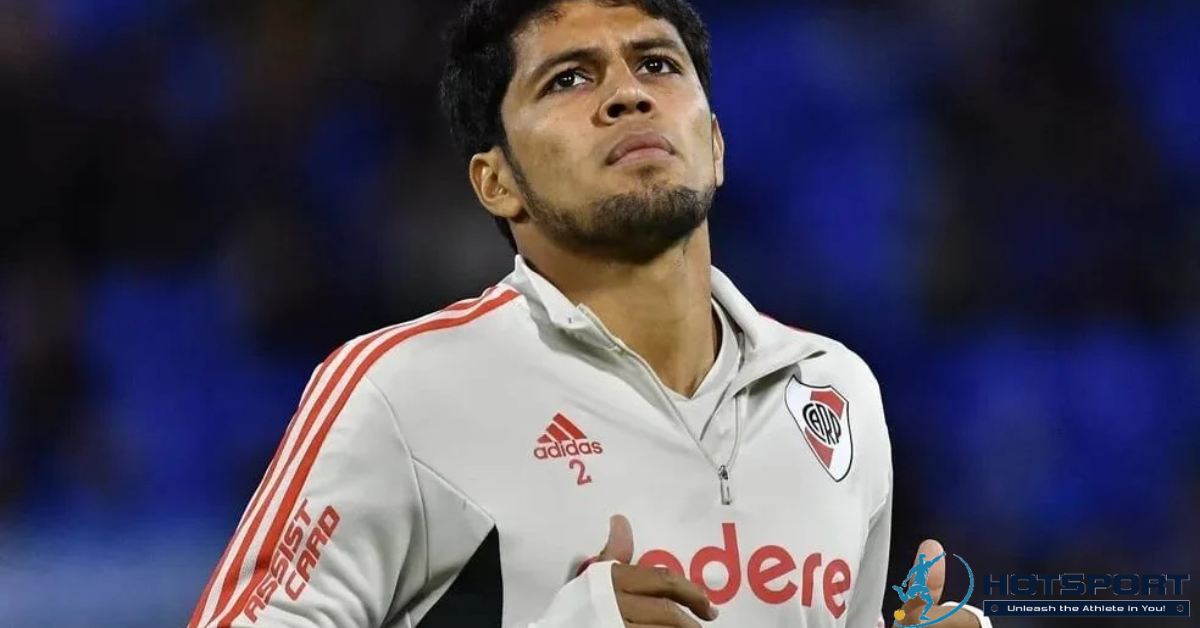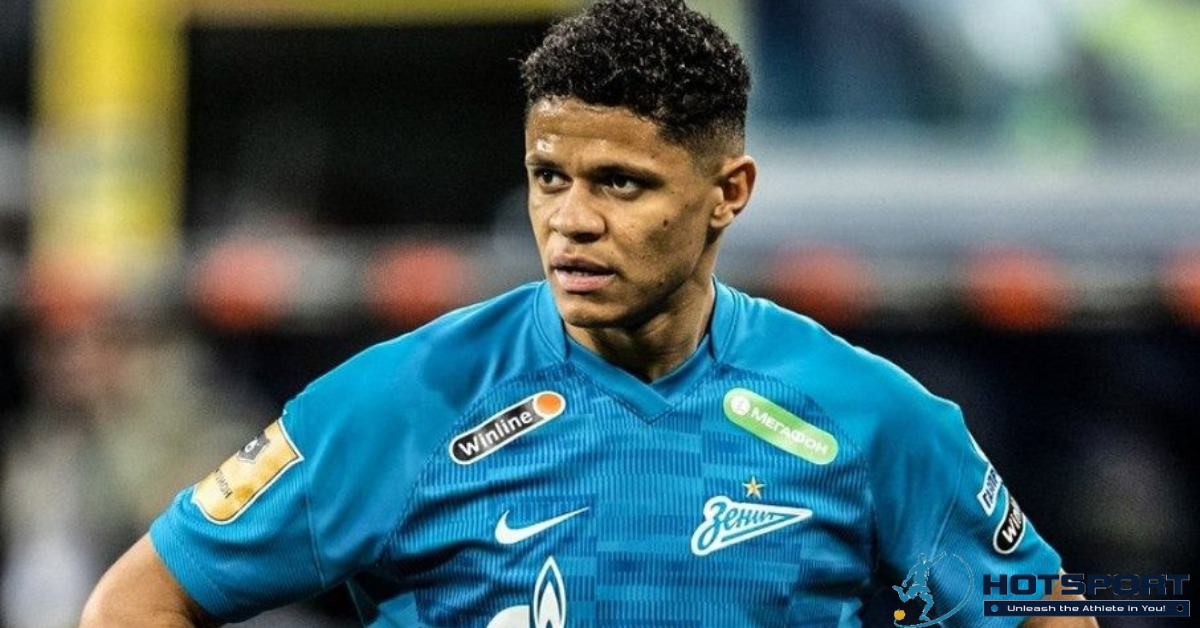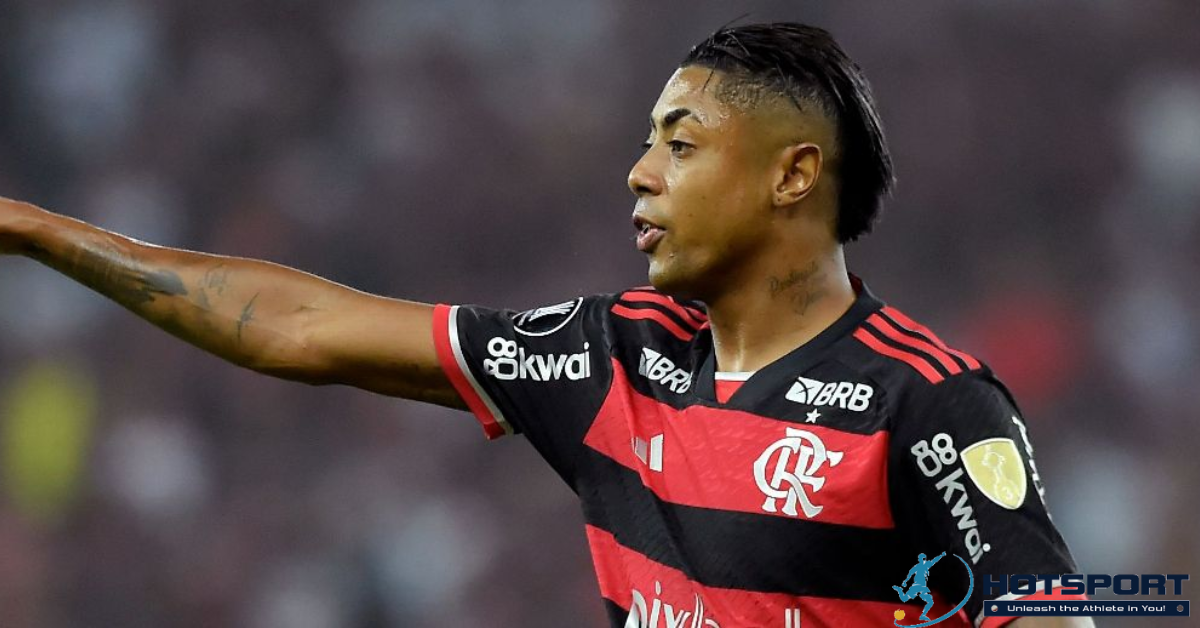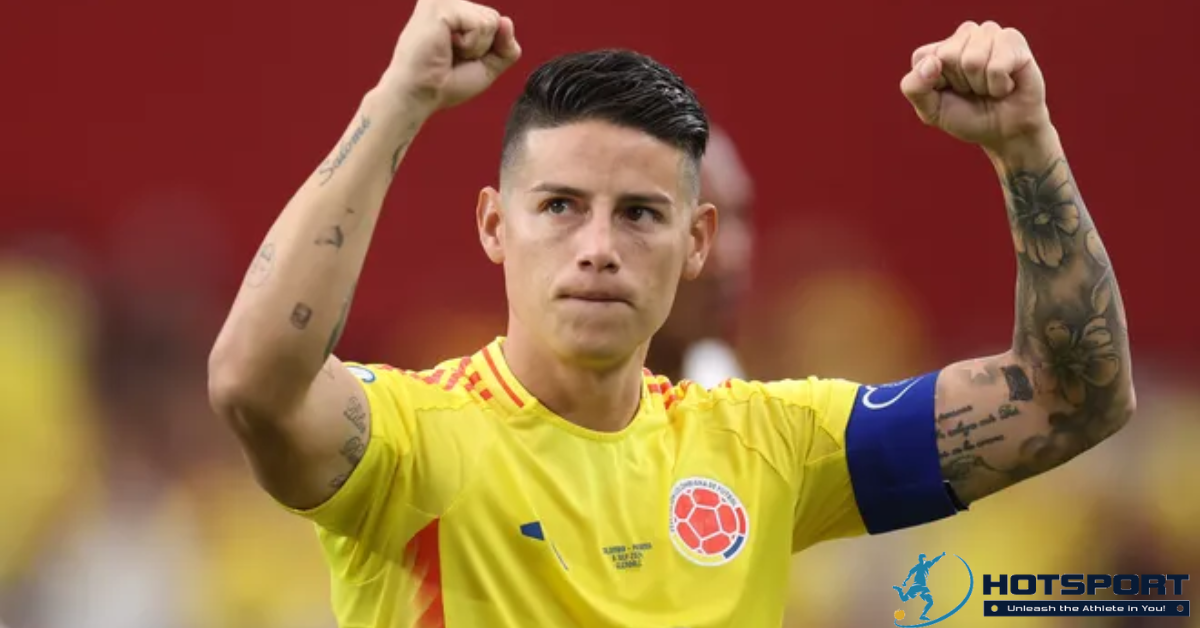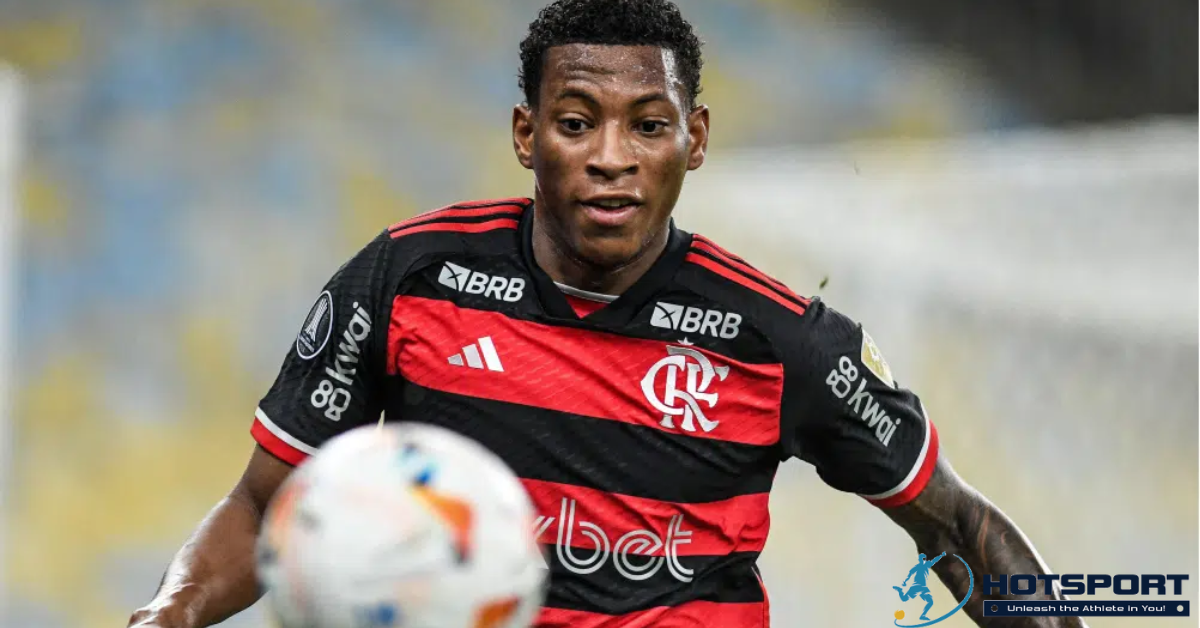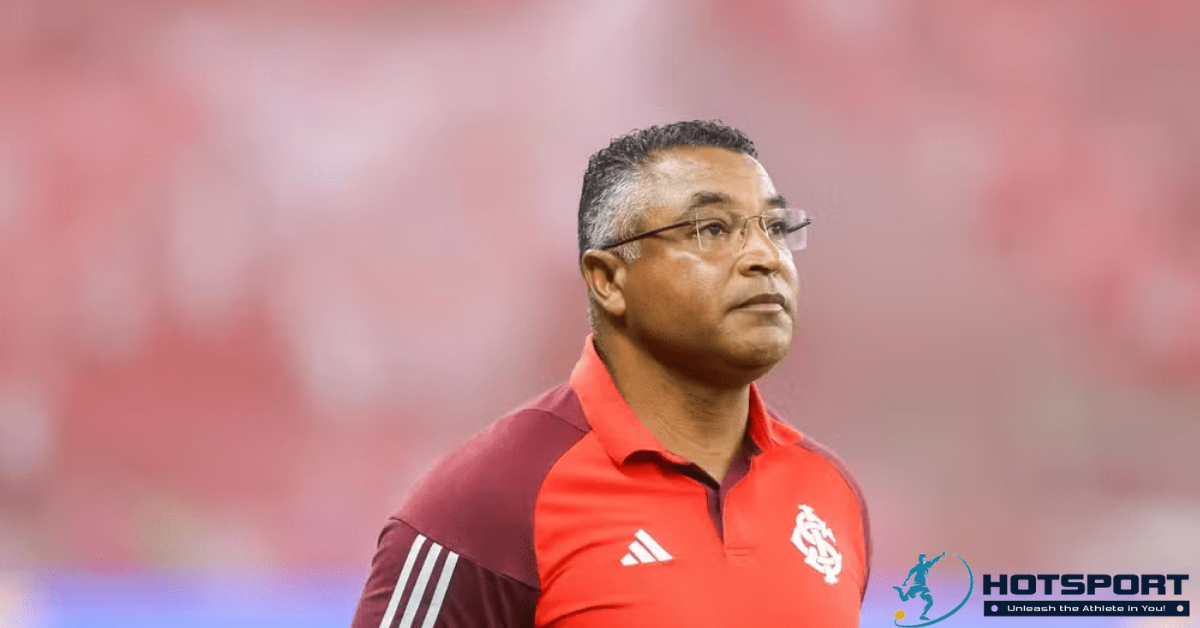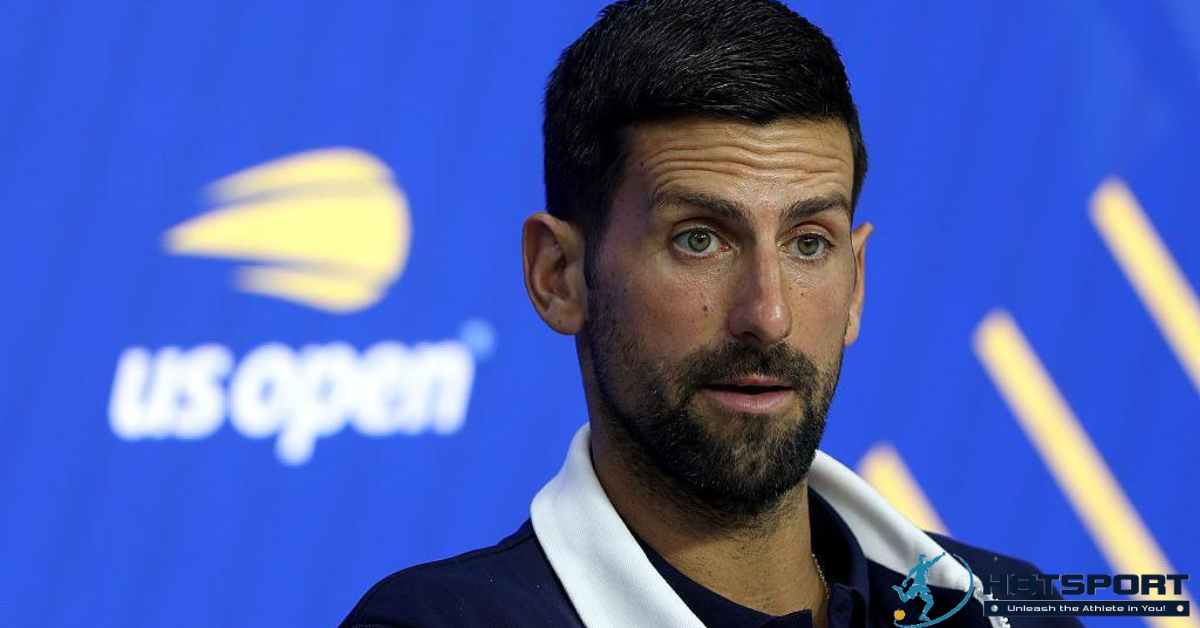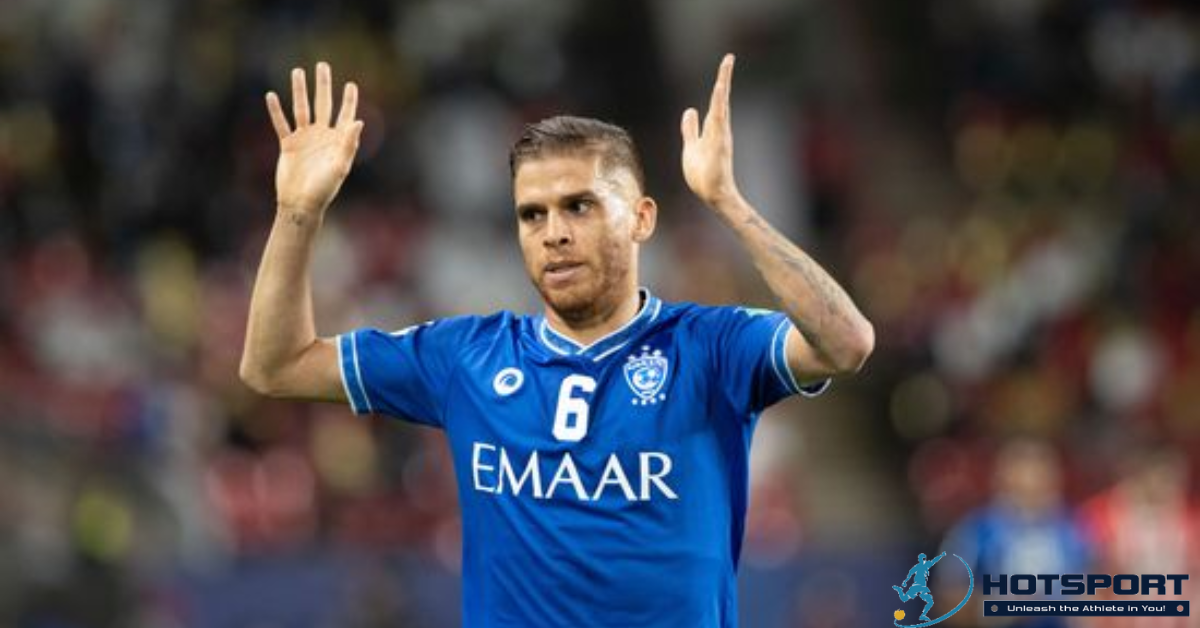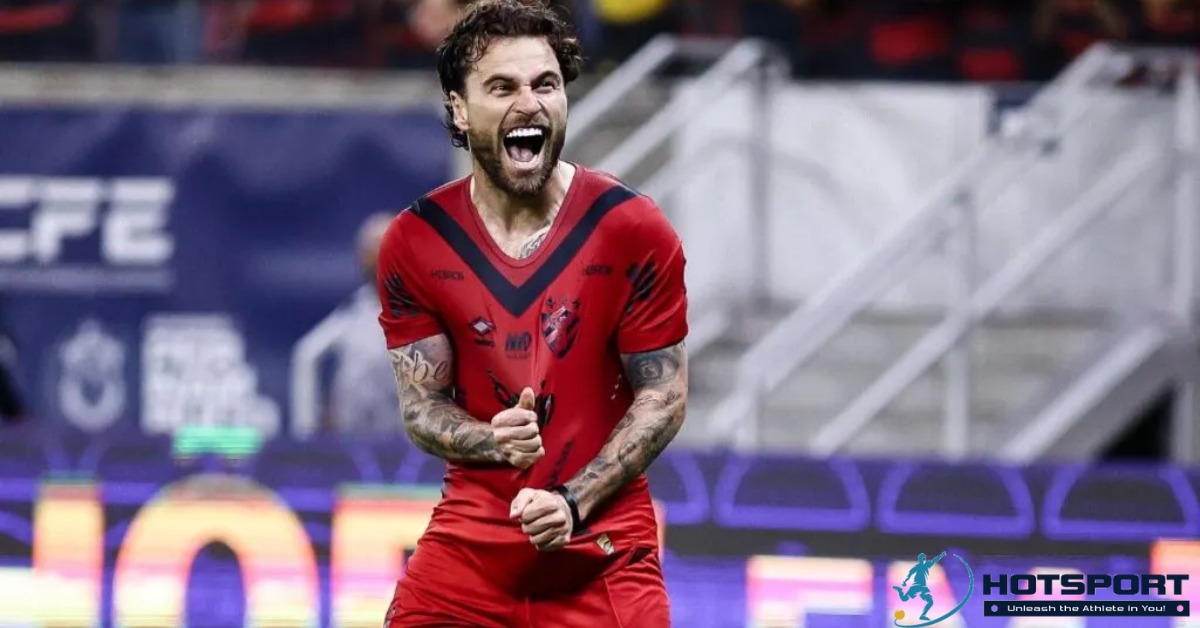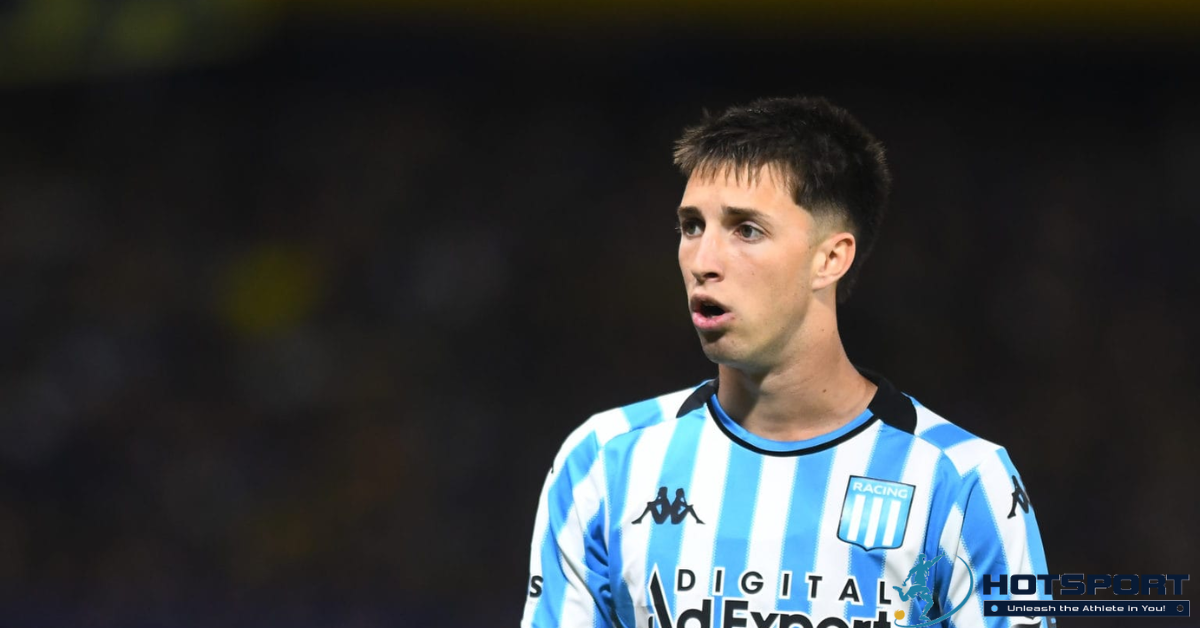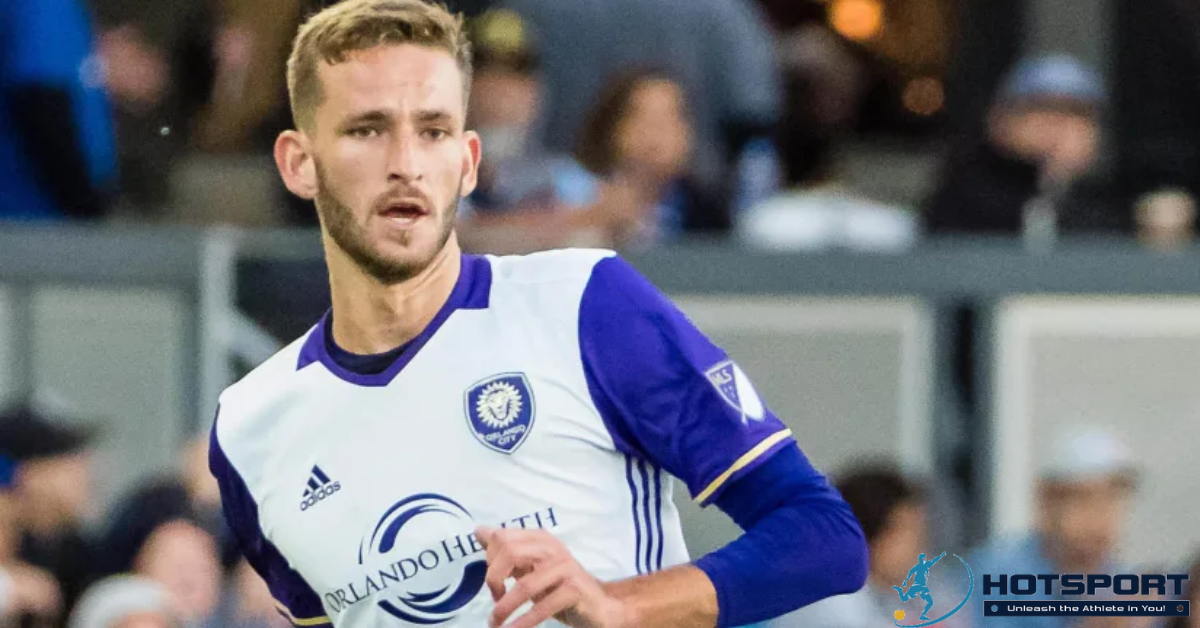João Pedro: The Journey of a Brazilian Star
João Pedro Junqueira de Jesus, known simply as João Pedro, is one of the most promising names in Brazilian football. Born on September 26, 2001, in Ribeirão Preto, São Paulo, the young forward has risen to prominence on the international stage, shining at clubs like Fluminense, Watford, Brighton, and most recently, Chelsea. His journey is defined by talent, resilience, and a meteoric rise that has put him on the radar of the Brazilian national team. This article explores João Pedro’s life, career, and achievements, a player who embodies the vibrant spirit of Brazilian football.
Early Life: Roots in Ribeirão Preto
A Childhood Tied to Football
João Pedro was born in Ribeirão Preto, a city in São Paulo’s interior known for its football passion. The son of Flávia Junqueira and José João de Jesus, better known as Chicão, a former Botafogo-SP player, João grew up in an environment where football was part of daily life. From age five, he showed talent in local football academies, particularly at Botafogo-SP, where his first coach, Alexandre Ferreira, noticed his intelligence and love for the game. “He always wanted the ball, paid attention in training, and positioned himself as a forward,” Alexandre recalls.
Despite family support, João Pedro’s childhood wasn’t without challenges. His father, Chicão, faced legal issues, being imprisoned in 2002 for involvement as an accomplice in a homicide case. This led to his parents’ separation, and his mother, Flávia, became the primary supporter of his career. Together, they moved to Rio de Janeiro when João joined Fluminense’s youth academy, a pivotal step in his journey.
First Steps at Fluminense
At age 10, João Pedro joined Fluminense’s youth setup in Xerém, where he began shaping his playing style. Initially a defensive midfielder, he underwent a technical transformation, evolving into an attacking midfielder and later a center-forward. This versatility would become one of his trademarks. Under coaches like Fernando Diniz, who later launched him into the senior team, João Pedro stood out for his skill, vision, and goal-scoring instinct.
Rise at Fluminense: The Start of Stardom
Professional Debut and Memorable Goals
In 2019, João Pedro made his professional debut for Fluminense at age 17. His first Brasileirão match was on April 29 against Goiás, where he came on in the final minutes of a 1-0 loss. Despite the defeat, he showed promise. In his next four games, he scored an astonishing seven goals, including a hat-trick in a 4-1 win over Atlético Nacional in the Copa Sudamericana. These performances put João Pedro in the spotlight, drawing comparisons to greats like Ronaldo Fenômeno for his presence in the box and precise finishing.
Transfer to Watford
In 2019, before turning 18, João Pedro was sold to Watford in England for €11.5 million (approximately R$76.82 million at the time). The transfer was a milestone, but he stayed with Fluminense until January 2020. During this period, he scored 10 goals in 37 games, cementing his status as one of Brazilian football’s biggest prospects. His early departure, however, left Fluminense fans with mixed feelings, as they saw him as the club’s future.
Career in England: Challenges and Consolidation
Debut at Watford and Early Struggles
Upon arriving at Watford, João Pedro faced the challenge of adapting to the Premier League, one of the world’s most competitive leagues. His debut season in 2019/20 was quiet, with only three appearances and no goals. Watford’s relegation to the Championship marked a tough start. However, João showed resilience. On September 26, 2020, his 19th birthday, he scored his first goal for the Hornets in a 1-0 win over Luton Town.
In the 2020/21 Championship season, João Pedro began to shine, scoring nine goals and playing a key role in Watford’s promotion back to the Premier League, finishing second in the league. His first Premier League goal came on November 20, 2021, in a 4-1 win over Manchester United, dedicated to his stepfather, Carlos Júnior, who had passed away. Despite his individual highlights, Watford was relegated again, reflecting the team’s ups and downs.
Shining at Brighton: A New Chapter
In 2023, João Pedro transferred to Brighton for a significant fee, marking the start of a more prominent phase. Under coach Roberto De Zerbi, he excelled with his intense movement and ability to play multiple positions, including left winger, attacking midfielder, and center-forward. In the 2023/24 season, João Pedro had his best performance yet, scoring 20 goals and providing three assists in 40 games, including six goals in six UEFA Europa League matches.
His proficiency in penalties (10 out of 11 converted) and tactical versatility made him a tough player to mark. Despite a thigh injury that sidelined him for the Europa League round of 16 against Roma, his impact remained undeniable. He finished the season as one of Brighton’s top scorers, solidifying his reputation in Europe.
Chelsea: Conquering the Club World Cup
On July 2, 2025, João Pedro signed with Chelsea, one of English football’s giants, on a contract until 2033. His arrival coincided with the Club World Cup, where he made an immediate impact. In the semifinal against his former club Fluminense, João scored twice in a 2-0 win but chose not to celebrate out of respect for the Tricolor fans. “I’m happy for the goals, but I know it was an important tournament for them,” he said.
In the final against Paris Saint-Germain, João Pedro scored the third goal in a 3-0 victory, securing the world title for Chelsea. His performance, including a backheel assist for Cole Palmer, was widely praised. With three goals from five shots, he ended the tournament with a 60% conversion rate, the highest among players with three or more goals. This performance thrust him into the international spotlight, with Brazil’s coach Carlo Ancelotti present at the final to observe him.
Brazilian National Team: The Dream of Wearing the Yellow Jersey
First Call-Ups
João Pedro received his first call-up to the Brazilian national team in November 2023 under Fernando Diniz for a match against Colombia. He also featured in games against Paraguay (September 2024) and Colombia again (March 2025). While he has yet to score for Brazil, his versatility as a No. 9, able to drift across the pitch and create plays, has made him a regular choice.
In 2025, under Dorival Júnior, João Pedro wore the No. 9 shirt in a World Cup qualifier against Colombia. Although not included in Carlo Ancelotti’s initial squad, his Club World Cup performance reignited hopes for regular call-ups. “Ancelotti will decide; I just do my job,” João said, showing humility and focus.
Playing Style and Comparisons
João Pedro is known for his versatile style. Unlike a traditional center-forward, he enjoys dropping out of the box, creating plays, and linking up with teammates. “I’m a more dynamic No. 9; I like to participate in the game, create, and finish,” he explained in a press conference. His ability to play as a second striker or attacking midfielder makes him a modern player suited to European football’s demands. Comparisons to Ronaldo Fenômeno, made during his Fluminense days, reflect his blend of physical strength, technique, and goal-scoring instinct.
Personal Life: Beyond the Pitch
Relationships and Media
João Pedro has also drawn attention off the field. In 2019, he began a relationship with actress Mel Maia, a passionate Fluminense fan. The couple, compared to Neymar and Bruna Marquezine at the time, split in 2020 after João moved to England. That same year, he married influencer Carol Assis, but the marriage ended in April 2022. These personal stories, widely covered by the media, increased his visibility in Brazil.
Resilience and Faith
João Pedro’s journey is marked by resilience. He revealed that during his time in Fluminense’s youth academy, he considered quitting football due to challenges. His family, especially his mother, was crucial in keeping him going. “There was a moment I thought about giving up, but my family gave me strength,” he said. His faith also plays a significant role, with frequent dedications to family and God after his goals.
Impact at Chelsea and Future Prospects
A Promising Start
At Chelsea, João Pedro quickly became a key player. In his first three Premier League matches of the 2025/26 season, he scored two goals and provided two assists, earning a nomination for August’s player of the month. His adaptation to the club under Enzo Maresca was praised by captain Reece James, who jokingly noted having been sent off for a foul on João Pedro in a previous match.
Expectations for the 2026 World Cup
With the 2026 World Cup approaching, João Pedro is a strong candidate to claim Brazil’s No. 9 shirt. His Club World Cup and Premier League performances have put him on Ancelotti’s radar, who is seeking a versatile forward to complement players like Vinicius Jr. and Rodrygo. “He has what the national team needs: movement, technique, and a goal-scoring instinct,” said Chelsea’s coach Maresca.
Conclusion: João Pedro’s Legacy
At just 23, João Pedro has already achieved remarkable feats: stardom at Fluminense, a rise in England, and a Club World Cup title with Chelsea. His journey reflects the spirit of Brazilian football—talent, grit, and resilience. From Ribeirão Preto to the Premier League, he embodies the “jogador liso” (smooth player) of Brazilian football slang, overcoming challenges and scoring goals that captivate fans. With the 2026 World Cup on the horizon, João Pedro has all the tools to become one of the world’s greats, representing Brazil with the same brilliance that has taken him to the top.

